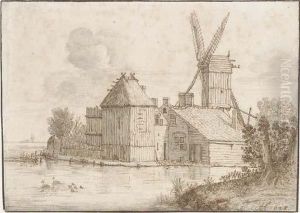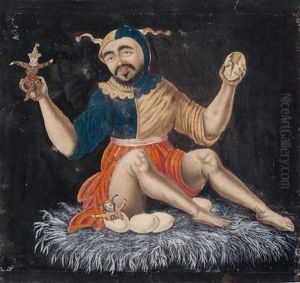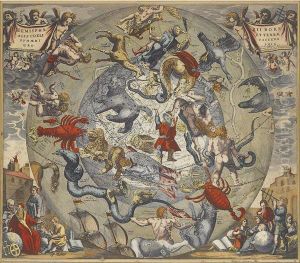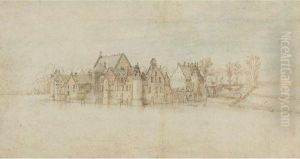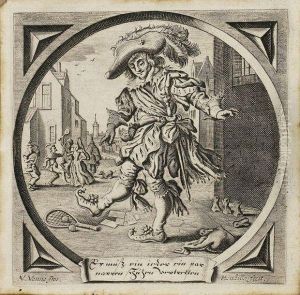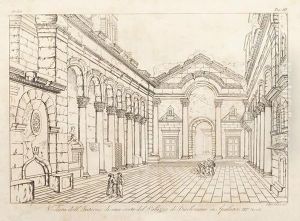Hendrick I Hondius Paintings
Hendrick I Hondius was a prominent Dutch Golden Age artist known for his contributions as an engraver, printmaker, and draftsman. Born in 1573 in Duffel, Antwerp (now Belgium), he was part of the well-known Hondius family of artists and cartographers. His father, Jodocus Hondius, was a famous cartographer who played a significant role in the production of maps and globes. Hendrick I Hondius was thus immersed in an environment of art and geography from an early age, which greatly influenced his eventual career path.
In 1597, Hondius moved to Amsterdam, where he became a citizen in 1603 and established himself as an independent artist. His move to Amsterdam was likely motivated by the city's burgeoning status as a center of art, commerce, and printmaking. Amsterdam provided Hondius with ample opportunities to collaborate with other artists and to engage with the thriving market for prints and books.
Hondius is best known for his engravings and prints, which often depicted landscapes, portraits, and religious scenes. He was particularly skilled at reproducing the works of other artists, and his prints played a crucial role in disseminating the styles and compositions of leading Dutch painters to a wider audience. Among his notable works are the engravings he made after designs by Pieter Bruegel the Elder, which helped to preserve and popularize Bruegel's artistic legacy.
Additionally, Hendrick I Hondius contributed to the family business of mapmaking and published several atlases in collaboration with his relatives. His work in cartography further emphasized the importance of the Hondius family in the field of map production during the 17th century.
Hondius died in 1650 in Amsterdam. His legacy is preserved through his engravings and prints, which remain an important part of the history of Dutch art. His contributions to both the artistic and cartographic fields reflect the interconnected nature of these disciplines during the Dutch Golden Age, and his work continues to be studied and appreciated by art historians and collectors alike.
